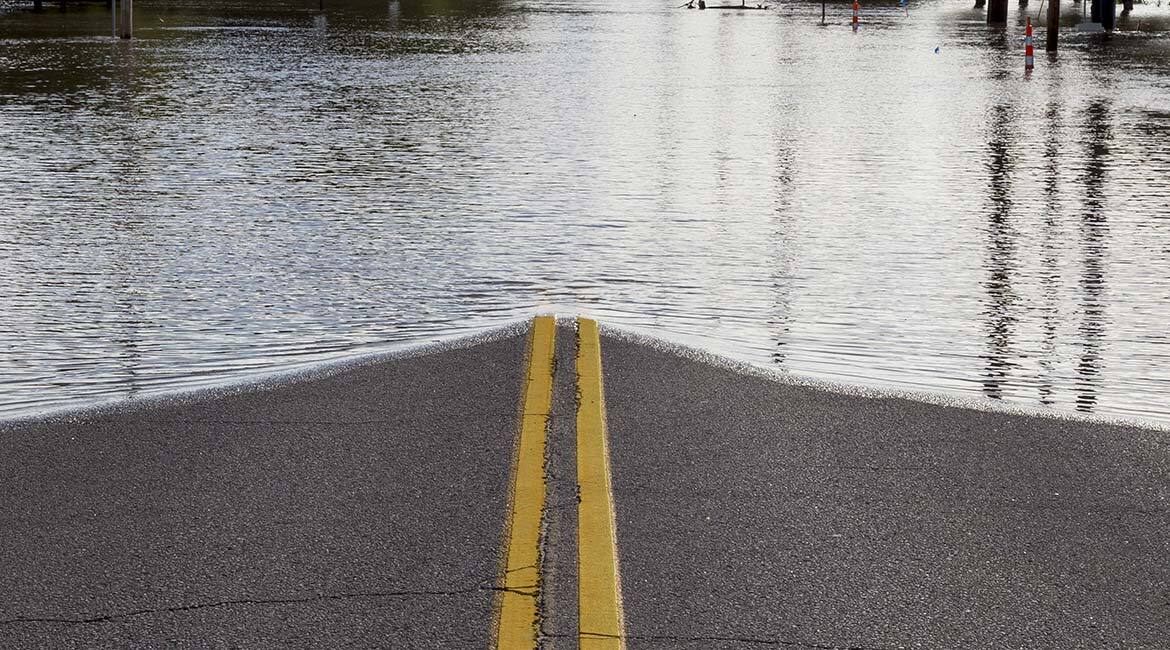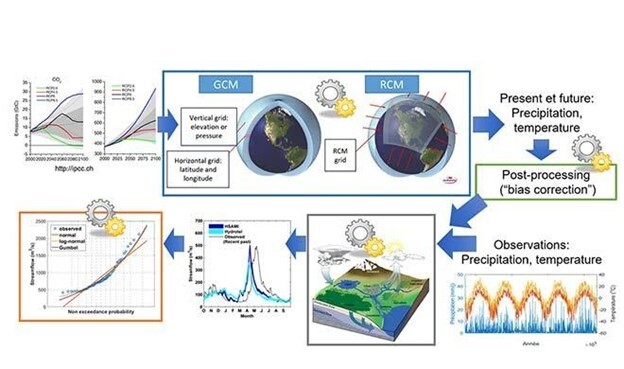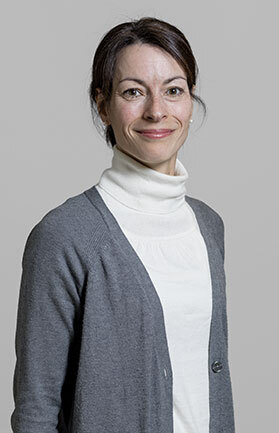Better Projections of the Evolution of River Flows

Purchased on Istockphoto.com
Major floods and other extreme hydrological events are escalating and affecting many parts of the world, including Québec, while elsewhere, as in California, the opposite is true: drought encourages the spread of forest fires. Using simulations, researchers are trying to calculate the future river flows, taking several factors into consideration. On the one hand, climate change caused by greenhouse gas emissions impacts the water cycle, and therefore precipitation. On the other hand, anthropogenic factors, such as land use modification, directly impact water infiltration into soils and evapotranspiration—through vegetation if presents—and, consequently, the amount of water running off to the rivers.
Sofar, there have been few large-scale studies to assess the sensitivity of modelling tools to land use changes. Even fewer studies have taken into account both climate change and land use change in a consistent manner. Researcher Annie Poulin, holder of the Marcelle-Gauvreau Engineering Research Chair on the Impact of Environmental Changes on Water Resources and her team intend to correct this.
Hydroclimatic Modelling Chain
The following figure presents the classic modelling chain used to evaluate the impact of climate change on water resources.

Hydroclimatic modelling chain
Based on greenhouse gas emission scenarios, climate is modelled (blue box) to obtain future temperature and precipitation data. These data are then processed (green box) to correct biases, and then input into hydrological models (grey box). Finally, results are processed and analyzed in the form of statistical indices on river flows (orange box).
Projections of watershed hydrology are thus based on a scenario approach, which includes potential uncertainties that cascade through each step of the chain and affect the resulting water flows.
Land Use

Annie Poulin, professor at ÉTS and holder of the Marcelle-Gauvreau Engineering Research Chair on the Impact of Environmental Changes on Water Resources
Land use changes over time. Forests are transformed into agricultural land to produce food, or into residential areas, due to urbanization projects. In turn, more sustainable practices could reverse the trend, for example by reforesting some areas. To what extent and at what spatial and temporal scales will these changes affect watershed hydrology? The Chair plans to determine the sensitivity of hydrological models to land use by integrating this variable into the hydroclimatic modelling chain.
To this end, Professor Poulin and her group have access to a unique North American database—owing to its richness and diversity of information and its spatial extent—covering 14,425 basins in Canada, the United States and Mexico.
More Consistent Simulations
The integration of land use changes with climate change in hydrological simulations is still in its infancy. The models that will be developed within the framework of the Marcelle-Gauvreau Engineering Research Chair on the Impact of Environmental Changes on Water Resources will be a starting point, paving the way to more extensive studies in this field.



